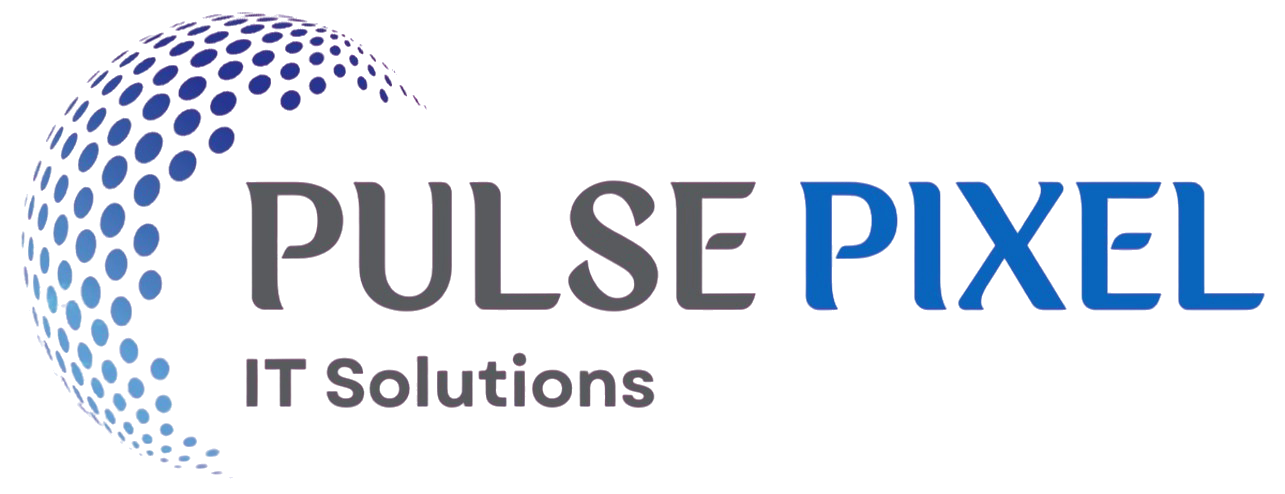
Welcome To Our Company
IP Telephony Services
IP Telephony Services, commonly known as Voice over Internet Protocol , enable voice communication and multimedia sessions over the internet or other IP-based networks instead of traditional phone lines. By converting voice signals into digital data packets, these services offer businesses and individuals a cost-effective and flexible way to make calls, often with enhanced features such as video conferencing, voicemail-to-email, and call forwarding. IP telephony improves scalability and mobility, allowing users to communicate from virtually anywhere with an internet connection, and integrates seamlessly with other communication tools, making it a popular choice for modern unified communications.
- Voice Communication over IP Networks
- Cost-Effective Calling
- Advanced Features:
- Scalability and Flexibility
- Unified Communications Integration
IP Telephony Services
IP Telephony transforms traditional voice communication by using internet protocols to transmit calls digitally.It offers cost savings, enhanced features, and greater flexibility compared to conventional phone systems.With support for multimedia and unified communications, IP Telephony boosts productivity and collaboration.Accessible from anywhere with internet access, it’s ideal for modern businesses and remote workforces.
VoIP Calling
VoIP calling is a modern communication technology that allows users to make voice calls over the internet instead of using traditional telephone networks. By converting voice signals into digital data, VoIP enables people to connect through computers, smartphones, or dedicated VoIP phones using a broadband connection. This method of calling is often more cost-effective, especially for long-distance and international calls, and it offers added features such as voicemail-to-email, video conferencing.
Hosted PBX
Hosted PBX is a cloud-based phone system that allows businesses to manage their phone communications over the internet without the need for on-site hardware. Unlike traditional PBX systems that require complex and costly infrastructure, a hosted PBX is maintained by a third-party provider, offering features like call routing, voicemail, call forwarding, auto-attendants, and more all managed through an online interface. This solution is highly scalable, cost-effective, and ideal for businesses of all sizes.
Video Conferencing
Video Conferencing is a communication technology that allows individuals or groups to hold face-to-face meetings in real time, regardless of their physical location, using internet-connected devices. It combines video, audio, and often screen sharing or collaboration tools to enhance interaction and productivity. Commonly used in business, education, healthcare, and remote work environments, video conferencing helps reduce travel costs, save time, and improve team collaboration. Popular platforms such as Zoom, Microsoft Teams, Google Meet.
Voicemail to Email
Voicemail to Email is a feature that automatically forwards voicemail messages to a user’s email inbox as an audio file, often accompanied by a text transcription. This convenient tool allows users to access, listen to, and manage their voicemail messages directly from their email, without needing to call into a voicemail system. It’s especially useful for professionals who are often on the go or working remotely, as it centralizes communication and ensures no important message is missed. By combining voice and email, this feature improves efficiency.
Interactive Voice Response (IVR)
Interactive Voice Response is an automated telephony system that interacts with callers through voice and keypad inputs, helping them access information or route their calls without speaking to a live agent. Commonly used in customer service, IVR allows businesses to handle high call volumes efficiently by guiding users through pre-recorded menus . Advanced IVR systems can also include speech recognition and integration with customer databases for more personalized experiences.
Call Forwarding and Routing
Call Forwarding and Routing are essential phone system features that ensure incoming calls are directed to the right person or department, regardless of location. Call forwarding automatically redirects calls from one number to another such as from an office line to a mobile phone so important calls are never missed. Call routing is more advanced, allowing businesses to distribute calls based on specific rules like time of day, caller location, agent availability, or skill level. These features improve customer service.


